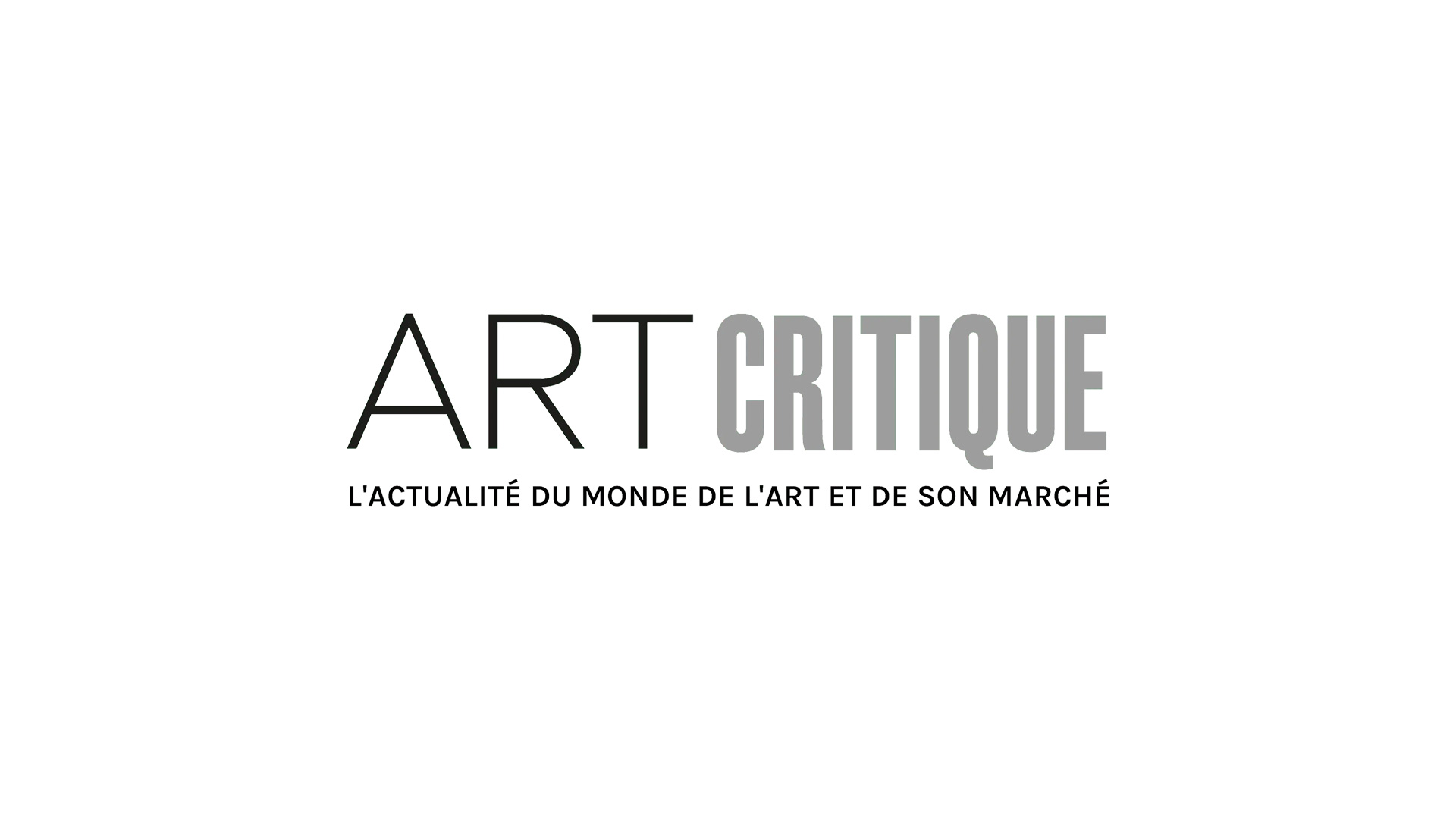Recently, the Gagosian opened an exhibition highlighting works by ten major Indigenous Australian painters titled ‘Desert Painters of Australia.’ The works, which span three generations of artists from the Central and Western Desert regions of Australia, belong primarily to American actor and comedian Steve Martin and his wife Anne Stringfield.

© Bill Whiskey Tjapaltjarri.
Martin bought his first painting, a work by American artist James Gale Tyler, at the age of 21. Since then, he has created a significant personal collection, including works by Edward Hopper, Giorgio Morandi, and David Hockney, alongside Stringfield and has become a serious collector. However, it wasn’t until about four years ago that Martin began collecting works by Aboriginal artist after seeing paintings by Warlimpirrnga Tjapaltjarri (b. 1958), an integral artist from the ‘Pintupi Nine.’ That work would become one of Martin’s prized possessions and it, and other works by Indigenous artists that he owns, hang side by side to Hopper’s and Hockney’s in Martin’s home. That first work Martin purchased from Tjapaltjarri is now also on show at the Gagosian as part of the exhibition.

Synthetic polymer on Belgian linen, 59 ½ × 35 ½ inches (151 × 90 cm)
© Emily Kame Kngwarreye/Copyright Agency. Licensed by Artists Rights Society (ARS), New York, 2019.
In the 1960s, the Australian government began moving a number of communities, including the Pintupi, Luritja, Warlpiri, and Arrernte peoples, from the Western Desert to the Papunya settlement. The ‘Pintupi Nine’ or the ‘first contact group’ are what one of the last groups of Indigenous people of Australia to make contact with the modern world, which they did in 1984, are commonly known as. From this displacement came a strong body of art. The Papunya Settlement became a ‘hub’ for new Indigenous art as individuals were encouraged to paint. What began as murals eventually became works on canvas that called on patterns typically used in sand art and body decorations. Artists began a ‘visual transposition of ancient stories and traditions into paint on canvas, giving the Papunya Tula artists an opportunity to reexamine the imagery and present their culture.’
In addition to works by Tjapaltjarri, ‘Desert Painters of Australia’ includes works by Willy Tjungurrayi (1935-2018), Makinti Napanangka (1930-2011), Naata Nungurrayi (b. 1832), Ronnie Tjampitjinpa (b. 1943), Yukultji Napangati (b. 1970), Tjumpo Tjapanangka (1926-2007), Bill Whiskey Tjapaltjarri (c. 1920-2008), Emily Kame Kngwarreye (1910-1996), and George Tjungurrayi (b. 1947).
‘Despite evident resonances with mainstream abstraction, Indigenous Australian art emerges from a fundamentally different line of inquiry,’ says D’Lan Davidson in the Gagosian’s press release. ‘Rather than reacting to formal and conceptual tendencies from which they remain largely isolated, the Desert painters condense innumerable layers of history and lived experience into a dazzling diversity of visual languages, connecting contemporary viewers to the most ancient surviving culture in the world.’
‘These abstract paintings are not so abstract, they’re actually narrative and they tell tales,’ Martin told Australia’s ABC. ‘That separates them from normal abstract painting, which is visual and intellectual. These are visual, intellectual, but also emotional.’





